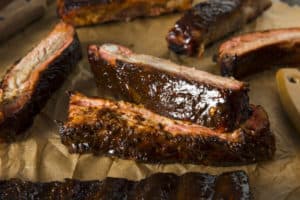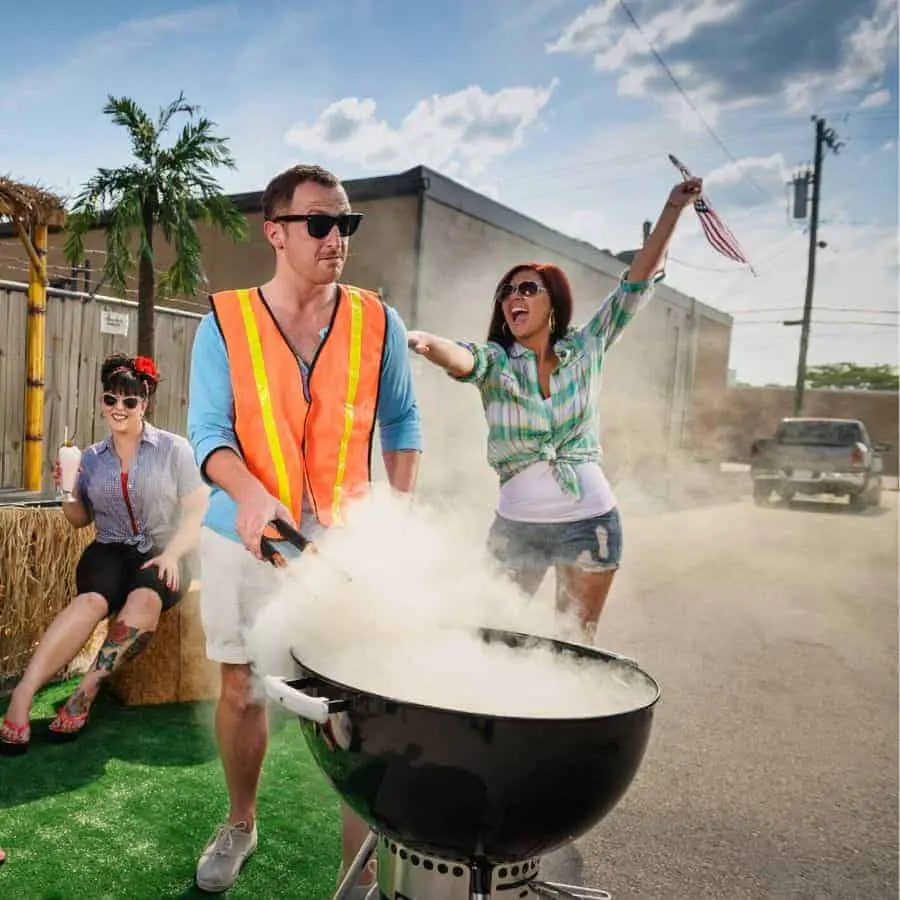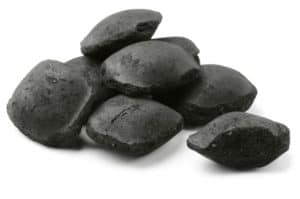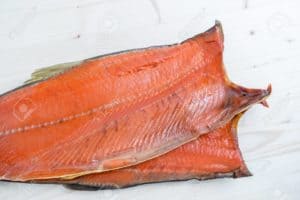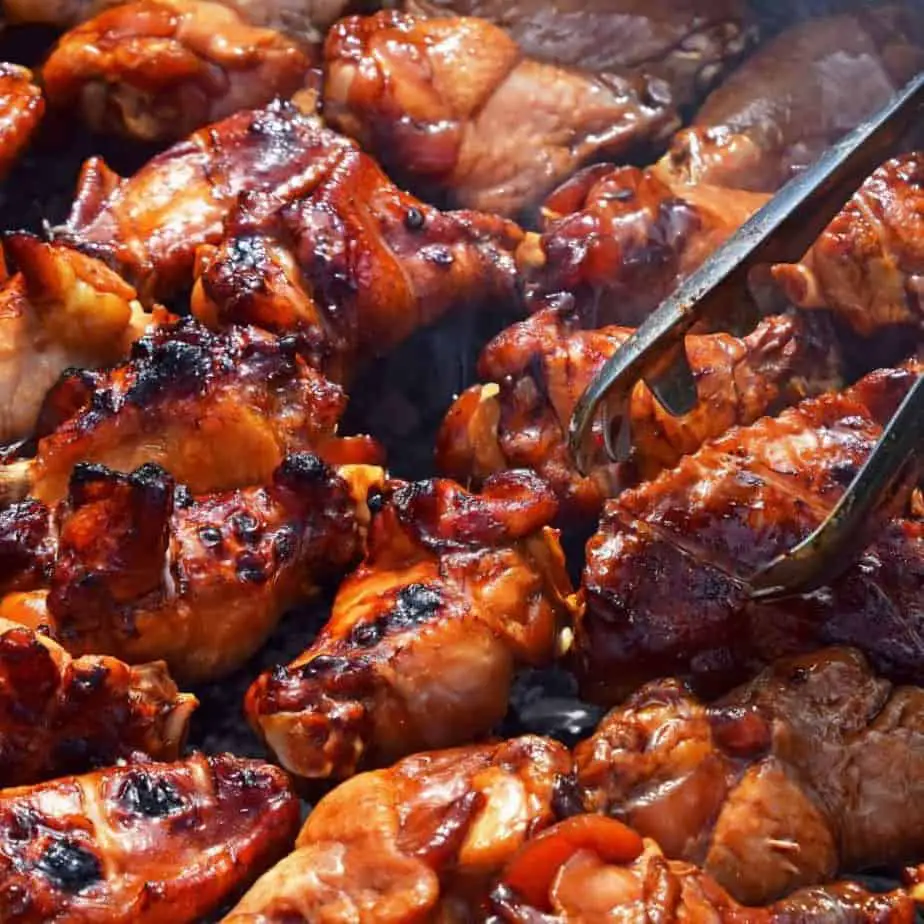What Does BBQ Stand For?
Disclosure: This post may contain affiliate links. If you use these links to buy something we may earn a commission at not additional cost to you. Learn more.
I was having dinner with some friends recently at a local BBQ restaurant when the conversation came up around what the meaning of BBQ was. I found this question interesting as I never really thought about it before, so I decided to do some research.
What does BBQ stand for? The acronym BBQ most commonly means barbecue (with a “C”). While barbecue is the “usual” spelling, the variant barbeque (with a “Q”) has been gaining popularity. Other common abbreviated spellings of the word are “Bar-B-Q,” “Bar-B-Cue,” “Bar-B-Que,” or simply “Cue.”
Great, so now we know what BBQ stands for, but what is it and where does it come from? Let’s dive a little deeper to learn more about this mouthwatering word.
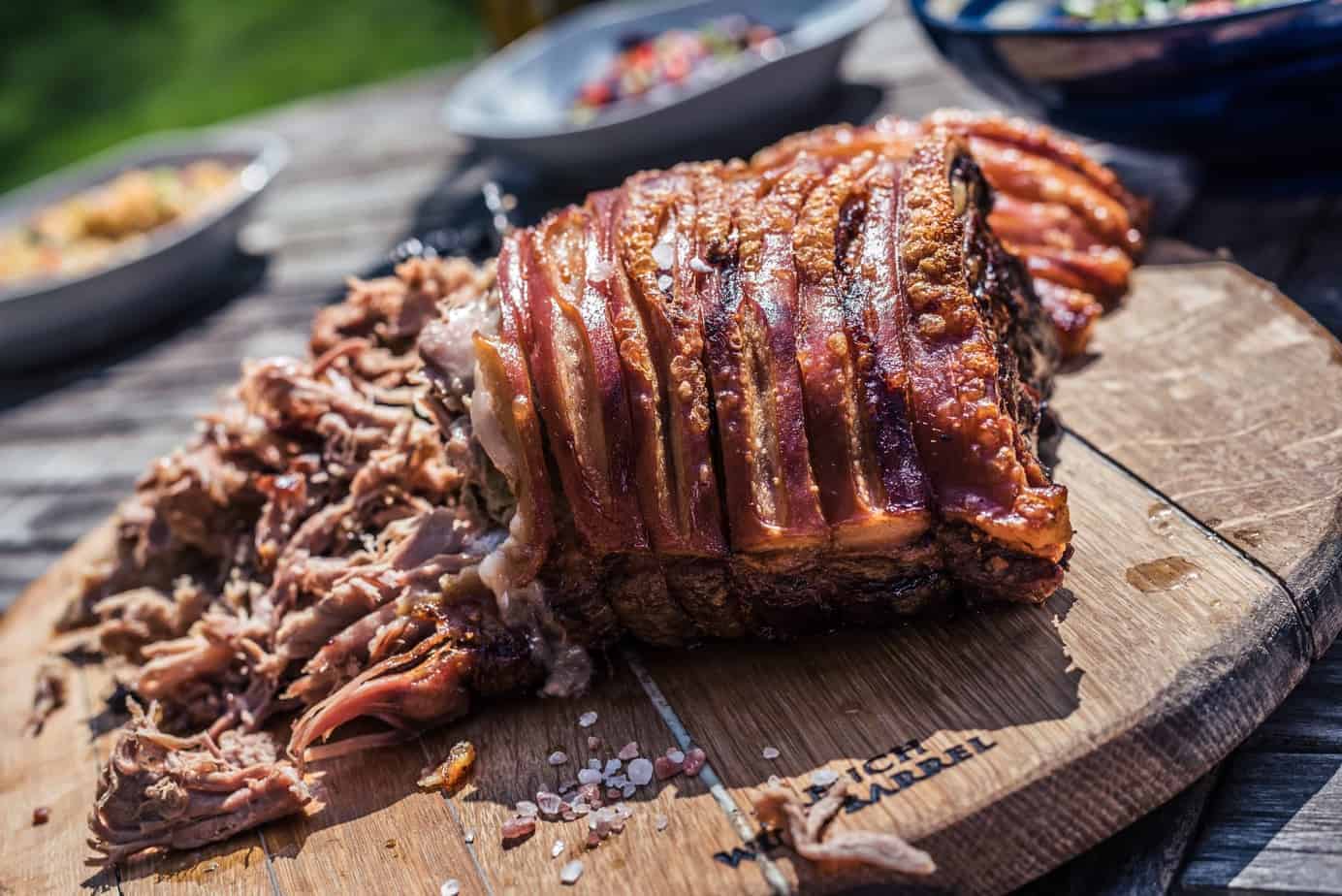
What is Barbecue?
There is actually some debate over what barbecue actually is, but for the sake of argument, I’ll dive deeper on the generally accepted meaning by most pitmasters throughout the U.S.
Many people use the word “barbecue” interchangeably to relate to various outdoor cooking techniques; however, barbecue actually refers to a specific method of cooking food with wood and smoke for an extended period of time than other methods.
Here is a breakdown of the most common types of outdoor cooking and their actual meaning (in order of heat range). If you are looking for BBQ times and temps for particular meats, check out my guide on BBQ smoking times and temperatures.
Smoking (Indirect Heat) – 68-176°F
Smoking is a method of flavoring or cooking food at low temperatures for long periods of time; generally between 68-176°F for 1 hour to 2 weeks (depending on temperature). Depending on the temperate, smoking is broken down in the two different forms, cold smoking and hot smoking.
Cold Smoking – Performed at temperatures between 68-86°F and is used for adding a distinct smokey flavor to foods without actually cooking it. Since this cold smoking isn’t actually cooking, the food will need to be fully cooked or cured before eating to avoid possible food poisoning.
Hot Smoking – Most commonly used with fish, this type of smoking is done at temperatures between 126-176°F. Considering the food is held at these temperatures for long periods of time, the food has a chance to pasteurize and is entirely safe to heat.
While hot smoking can produce a richer and smokier flavor than “actual” barbecuing, many cooks still choose to barbecue since it is an excellent compromise between smoky flavor and faster cooking times.
Barbecuing (Indirect Heat) – 190-300°F
Barbecue is the correct term to use for the cooking method that people mostly associate with larger cuts of meat that are smoked to perfection. This is the classic “low and slow” method everyone raves about.
While barbecue has a broad heat range, pitmasters generally choose the temperature they cook at based on what is being smoked and how fast they want it done. The most common temperatures I see the best results from are:
225°F – By far the most popular smoking temperature. This is because the heat is low enough to allow smoke time to penetrate the meat as well as allowing fat to render slowly over time. Additionally, this temp can be a bit more forgiving and consistent since things are happening a bit slower. If you have the time to wait, this temperature is generally regarded as producing the best results.
250°F – The most significant benefit of this temperature is that the food cooks a little faster while still allowing time for a good smoke flavor. While the smoke has less time to work its magic, most people won’t be able to tell the difference between the finished product of something smoked at this temperature versus 225°F.
275°F – While this temperature is probably a little too high for red meats, it works great for chicken and turkey. Poultry meat is like a sponge and can absorb smoke rather quickly. By cooking at a higher temperature, you help to prevent the meat from becoming oversmoked. Additionally, this higher temperature cooks poultry fast enough to prevent it from sitting in the temperature “danger zone” (40°F -140°F) for too long.
These temperatures are typically what you see in “low and slow” barbecuing, but another method called “hot and fast” has been gaining in popularity. Since I don’t have a lot of experience with this method yet, I can’t really comment on how good the results are. I plan on trying it more in the future and will cover what I think in a later post.
Grilling (Direct Heat) – 400-550°F
The most common misuse of the word “barbecue” is when people are actually referring to grilling. Grilling is the method of cooking food at high heat directly over burning coals or gas burners, such as with steak, hamburgers, hot dogs, etc.
It’s unclear where this misconception came from, but I expect it has something to do with some common terms people use to describe cookers and various foods. For example:
- In Australia, a grill is called a “Barbie.”
- When people put BBQ sauce of chicken and grill it, they call it BBQ chicken
- Some foods that are traditionally barbecued can also be grilled with great results (i.e., pork ribs)
- Some people invite others over for a backyard BBQ party, but they only cooked grilled foods like hamburgers and hot dogs. I guess inviting people over for a grill party doesn’t sound right.
Where Does BBQ Come From?
The origin of the word barbecue is actually unknown for sure. Some say it’s from the Spanish word “barbacoa,” others claim that it’s from the French word “Barbe a queue” meaning “beard to tail”; and still others say it’s from an old English word “ba’rbecue” meaning to dress a whole hog.
Regardless of where the word came from, one thing that we know for sure is that it wasn’t invented in America.
Being from the U.S., and an avid BBQ lover, it would be nice to believe that it’s a purely American creation; however, it’s pretty clear that barbecue is older than the United States itself. Confirmed stories about cooking with this method date back nearly 500 years.
While barbecue may not be as “American as Apple Pie” (also not American by the way), it’s tough to deny that the States really took BBQ to a whole new level.
Barbecue versus Barbeque: Why Two Spellings?
Barbecue (with a “C”) is most common in the English language and is considered the “normal” spelling of the word and refers to food cooked indirectly by an open fire.
Over the past few decades, the alternate spelling of Barbeque (with a “Q”) has been gaining popularity due to it being included in the names of restaurants and products relating to BBQ. because this subtle change has been involved in various branding and marketing campaigns, it has lead some to wrongly believe this is the proper spelling.
Related Questions:
What foods can you barbecue? You can barbecue just about any kind of food. The most common are pork, beef, poultry, fish, wild game, vegetables, and much more. Specifically, the most popular items you’ll find at a BBQ are ribs, pork shoulder, beef brisket, chicken, turkey, and salmon.
Do you need special equipment to smoke food? While modern BBQ smokers make smoking meat much easier, the only items required to barbecue food are an enclosed pit and a fuel source. Some cultures produce fantastic results with hot coals within a covered hole in the ground.


